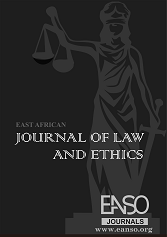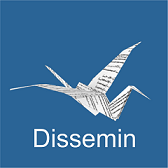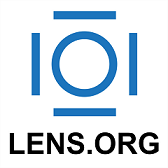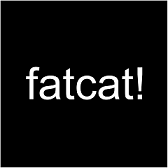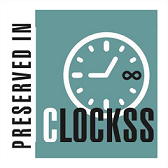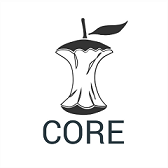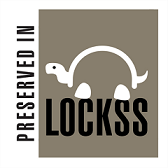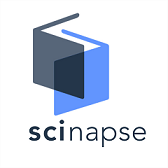Copyright Protection for AI-generated Works in Tanzania: The Need for Legal Reforms
Abstract
This paper examines the current legal framework in Tanzania regarding copyright protection for works autonomously generated by artificial intelligence (AI). It highlights the lag in Tanzanian law, specifically the Copyright and Neighbouring Rights Act of 1999, in addressing the issues caused by AI-generated works. Advancements in AI, especially generative AI, are enabling the creation of literary, artistic, and musical works without human input. This challenges traditional concepts of authorship and ownership of literary and artistic works. The paper identifies limitations in the Tanzanian copyright law, which only recognizes human authorship and thus excludes AI-generated works from protection. The consequences of this exclusion include the loss of economic rights for developers and owners of AI technology in works generated by AI, the stifling of innovation due to a lack of incentive, and a lack of legal clarity on moral and economic rights over such works. The paper further explores the human rights implications of this legal gap. It proposes that rights such as the ownership of intellectual property and fair economic gain from one's work should extend to the developers or owners of generative AI technologies. Borrowing from the UK’s approach of attributing authorship to those who arrange for AI-generated works, the paper advocates for similar reforms in Tanzania. The proposed legal changes aimed at creating a copyright framework that better supports innovation, investment, and fair economic incentives for creators in the digital era
Downloads
References
Chappell & Co. Ltd and Another v. Redwood Music Ltd [1981] RPC 337 (CA).
Exxon Corporation and Others v. Exxon Insurance Consultants International Ltd [1932] RPC 69.
Copeland, B. J. (2024). Artificial intelligence. In Encyclopaedia Britannica. Encyclopaedia Britannica. https://www.britannica.com/technology/artificial-intelligence. Accessed on November 21, 2024.
Copyright, Designs and Patents Act 1988. https://www.legislation.gov.uk/ukpga/1988/48/section/9/enacted. Accessed on November 21, 2024.
Du‐Harpur, X., Watt, F. M., Luscombe, N. M., & Lynch, M. D. (2020). What is AI? Applications of artificial intelligence to dermatology. British Journal of Dermatology, 183(3), 423- 430. https://doi.org/10.1111/bjd.18880.
Harris, J. (n.d.). AI advances, but can the law keep up? Josh Fairfield on regulating intelligence and emerging technologies. Towards Data Science. https://towardsdatascience.com/ai-advances-but-cat-the-law-keep-up-7d9669ce9a3d. Accessed on May 12, 2024.
Marchant, G. E., & Pope, L. L. (2009). The problems with forbidding science. Science and Engineering Ethics, 15(3), 375–376. https://doi.org/10.1007/s11948-009-9130-9.
Martineau, K. (2023). What is generative AI? IBM Research. https://research.ibm.com/blog/what-is-generative-AI. Accessed on August 12, 2024.
Tiwari, P. (2024). Legal maxim: Expressio unius est exclusio alterius. Legal Wires. https://legal-wires.com/glossary/legal-maxim-expressio-unius-est-exclusio-alterius/. Accessed on November 21, 2024.
Thormundsson, B. (2024). Artificial intelligence in the UK. https://www.statista.com/topics/11518/artificial-intelligence-in-the-uk/#topicOverview. Accessed on November 21, 2024.
Voeneky, S., et al. (Eds.). (2022). Foundations of responsible AI. In The Cambridge Handbook of Responsible Artificial Intelligence: Interdisciplinary Perspectives (pp. 9–82). Cambridge University Press. https://doi.org/10.1017/9781009207898.002.
Watt, R. (2009). An empirical analysis of the economics of copyright: How valid are the results of studies in developed countries for developing countries? In The Economics of Intellectual Property: Suggestions for Further Research in Developing Countries and Countries with Economies in Transition (pp. 65–108). WIPO.
WIPO. (2023). Generative AI: Implications for intellectual property. https://www.wipo.int/export/sites/www/about- ip/en/frontier_technologies/pdf/generative-ai-factsheet.pdf. Accessed on August 12, 2024.
Copyright (c) 2024 Christopher Mukoji

This work is licensed under a Creative Commons Attribution 4.0 International License.

